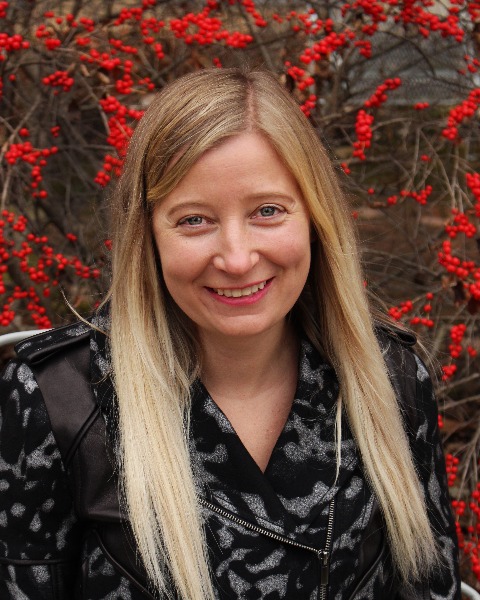Student 10-Minute Paper
Plant-Insect Ecosystems
Student Competition
Student
Grad Competition P-IE: Pollinator Conservation
Investigating the value of urban greening for moth conservation
Monday, November 6, 2023
8:24 AM - 8:36 AM ET
Location: Gaylord National Resort & Convention Center, Maryland B
- LG
Lucy Guarnieri
Graduate Fellow
The Ohio State University
Columbus, Ohio 
Mary Margaret Gardiner (she/her/hers)
Professor
The Ohio State University
Columbus, Ohio
Presenting Author(s)
Co-Author(s)
Urbanization is driving moth declines worldwide; two-thirds of common species have declined significantly since the mid 1900s. Moths are pollinators, and they provide an important food resource for birds, bats and other wildlife. Urban greening investments like wildflower habitats improve bee diversity but their value for moths had not been thoroughly assessed. The goal of this project was to measure the habitat quality of urban and suburban greening investments for moths. Our first objective was to measure the abundance of moth communities in wildflower habitats along an urbanization gradient. We hypothesized that imperviousness and light pollution would negatively influence moth abundance. We partnered with Columbus Metro Parks and Friends of the Lower Olentangy Watershed to survey moth communities in Franklin County, Ohio, a rapidly growing metro area. We collected moths from sixteen parks during the summer and fall of 2023. We found that moth abundance was negatively correlated with imervious surface area as well and artificial light at night. We are in the process of calculating species and functional diversity. The results of this study will inform greenspace management practices to improve pollinator conservation outcomes in cities.

.png)

